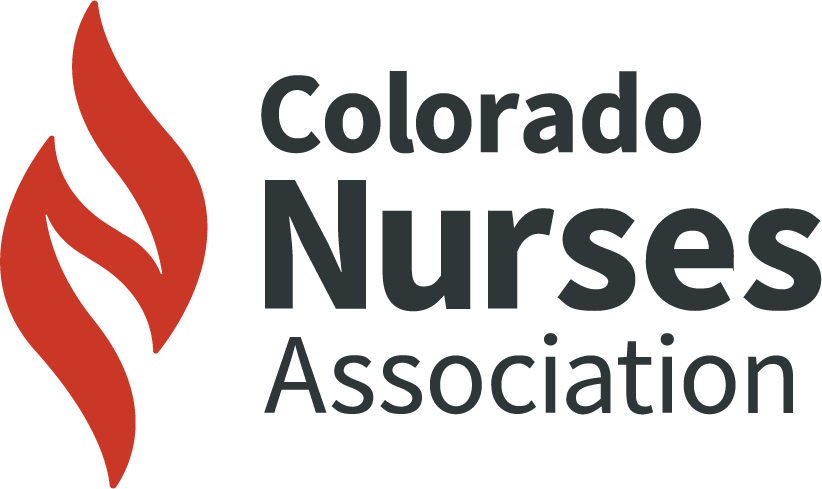Politics, policies, and health outcomes are innately linked. Nurses in the United States are in a pivotal position to influence these cycles to reduce disparities and improve population health.
Social Determinants of Health (SDOH), are defined as “the circumstances in which people are born, grow up, live, work and age, and the systems put in place to deal with illness.”
These circumstances impact 80% of health outcomes and often have stronger influence upon wellbeing than individual health behaviors. The use of “Determinant” is not performative, thus SDOH are shaped by a broader external set of influences: economics, social policies, and politics.
Healthy People 2030 has grouped social determinants into five overarching domains: Economic Stability, Education Access and Quality, Healthcare Access and Quality, Neighborhood and Built Environment, and Social and Community Context. Every facet of government and the economy has the potential to affect health and health equity.
Equity vs. Equality
The concept of equity versus equality is a critical point of understanding. “Health inequities are avoidable inequalities in health between groups of people within countries and between countries,”. The term disparity is often used interchangeably with inequity and is defined by the CDC as “preventable differences in the burden of disease, injury, violence, or opportunities to achieve optimal health that are experienced by socially disadvantaged populations.” Inequity is the term most often used to imply injustice.
Equitable policy acknowledges the presence of systemic, institutional, and social factors, such as racism, that perpetuate unjust cycles. Equality suggests that everyone must receive the same access and opportunity, baseline circumstances notwithstanding. Equity, alternatively, prioritizes social justice by adjusting resource allocation according to circumstances.
Role of Professional Nursing Associations
Professional nursing associations play an important role in influencing health policy and population-level outcomes through various means. Examples of these roles include policy development, regulatory and legislative advocacy, coalition building, advancement of public education and awareness, and the promotion of research and evidence-based practice.
Action by the Colorado Nurses Association to Address SDOH
The Colorado Nurses Association (CNA), in alignment with its mission to “advance the profession of nursing to improve health for all,” acknowledges that social determinants are key drivers of health inequities and require multifaceted interventions. An internal work group of volunteers was established temporarily in 2023 to research and draft a position statement entitled “Colorado Nurse’s Role in Achieving Health Equity through the Mitigation of the Harmful Effects of Social Determinants of Health (SDOH).” Position statements serve as foundational documents to clarify an organizational stance and establish guiding principles to inform policy development and advocacy.
I collaborated with several CNA member nurses with diverse perspectives and expertise to compile data describing inequities in determinants and health outcomes. Determinant categories include economic instability, educational attainment, access to healthcare, built environment and neighborhoods, residential segregation, and Adverse Childhood Experiences (ACEs). Outcome data such as premature mortality, maternal and infant mortality, and prevalence of HIV/AIDS illustrate disparities disproportionate to Colorado’s population demographics.
In conjunction with the nursing profession’s ethical obligations to advocacy on behalf of individuals, communities, and populations, this evidence compelled the writers to request that five recommendations be supported by CNA members. Among these is the proposal that CNA utilize its expertise and collective voice to advocate for necessary regulatory and policy changes to assure access to inclusive and equitable care for all Coloradans. Furthermore, CNA recognizes that a diverse workforce and resources such as infrastructure, professional development, and time are necessary to empower nurses in all practice settings to address SDOH. This statement, inclusive of all recommendations and implementation measures, was approved by CNA’s membership at the 2023 assembly.
This statement serves as a framework to align the association’s practical actions in its mission to advance the wellbeing of all Coloradans.
This series will further examine specific determinants, health outcomes, and links with policy and legislation. We will pursue opportunities for advocacy, and share actions taken by CNA and its partners. We invite all Colorado nurses to join CNA in its mission to improve health for all through action on Social Determinants of Health.
References
American Nurses Association (ANA). (2015). Guide to nursing’s social policy statement. https://www.nursingworld.org/~4af829/globalassets/catalog/sample-chapters/guide-to-nursings-social-policy-statement.pdf
Centers for Disease Control and Prevention (CDC). (2023). Adolescent and school health: Health disparities. https://www.cdc.gov/healthyyouth/disparities/index.htm
Colorado Nurses Association (CNA). (2023). Colorado nurse’s role in achieving health equity through the mitigation of the harmful effects of social determinants of health (SDOH). https://coloradonurses.org/wp-content/uploads/2024/06/SDOH-Position-Paper-Final-08_25_2023.pdf
Colorado Nurses Association (CNA). (2024). About CNA. https://coloradonurses.org/about-us/
Greer, M. L., Garza, M. Y., Sample, S., & Bhattacharyya, S. (2023). Social determinants of health data quality at different levels of geographic detail. Studies in Health Technology and Informatics, 302, 217–221. https://doi.org/10.3233/SHTI230106
Healthy People 2030. (n.d.) Social determinants of health. https://health.gov/healthypeople/priority-areas/social-determinants-health
Johns Hopkins Medicine. (2022). The difference between health equity and equality. https://www.hopkinsacg.org/health-equity-equality-and-disparities/
Meghani, S. H., & Gallagher, R. M. (2008). Disparity vs inequity: Toward reconceptualization of pain treatment disparities. Pain Medicine, 9(5), 613–623. https://doi.org/10.1111/j.1526-4637.2007.00344.x
Pittman, P. (2019). Activating nursing to address unmet needs in the 21st century. https://hsrc.himmelfarb.gwu.edu/sphhs_policy_facpubs/963
World Health Organization (WHO). (2013). Social determinants of health: Key concepts. https://www.who.int/news-room/questions-and-answers/item/social-determinants-of-health-key-concepts






















1 Comment. Leave new
Excellent article and informative about our efforts to address the SDOH in Colorado. It made me question how many political leaders both in Colorado and nationally could define SDOH. When you connect with your legislators you could take time to assess their knowledge and then inform them of our efforts and statement.